As a rider, I’m always second-guessing myself. Is what I’m asking for physically fair and possible for my horse? I have a lot of clues to answer my questions. How willingly my mount moves forward (or stops) and how they respond to my aids are important pieces of information. So are the ears.
Horses are certainly handsome with their ears perked up. It’s why when taking a photo we do all sorts of silly things to get our horses to prick their ears towards us.
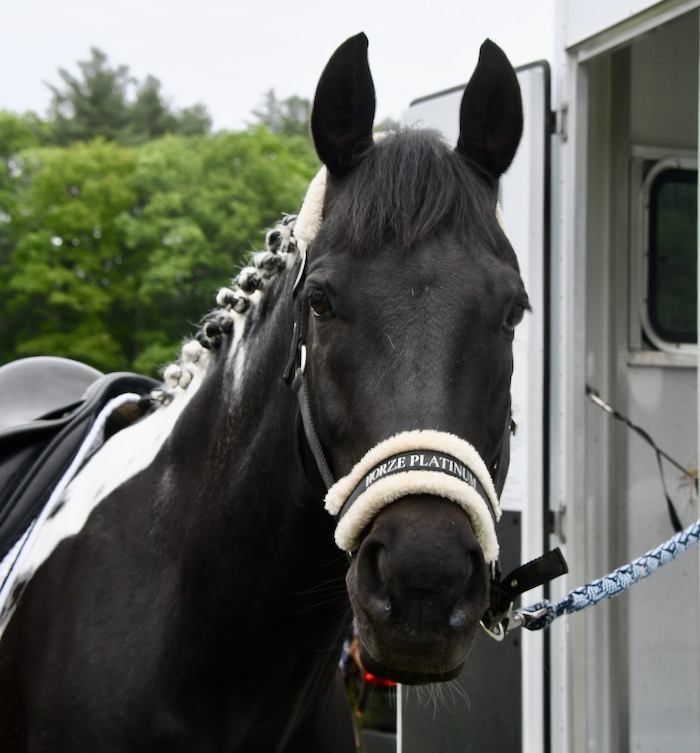
That expression could mean that they’re happy and eager, but not necessarily. Ears forward can also indicate fear or intense interest, as in what the heck is that, give me a moment to figure it out!

On a basic level, the horse’s ears point to where they’re paying attention. Often, when riding in the indoor arena Tonka’s ears are slightly back simply because there’s nothing interesting or new up ahead to see. What I’m doing on his back is what he listens to. Here I’m pressing a tad with my right leg to remind him to stay upright and balanced in the corner. Tonka’s ears are pointed to me, but there’s no tension in them as he does as asked.
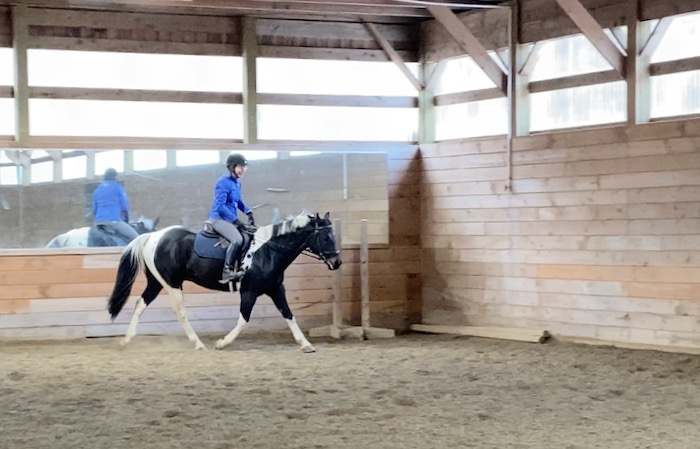
When Tonka gets into a forward rhythm, and I’m doing very little except for communicating, that’s it, keep this up, his ears do go forward. Doesn’t he look like he feels good?
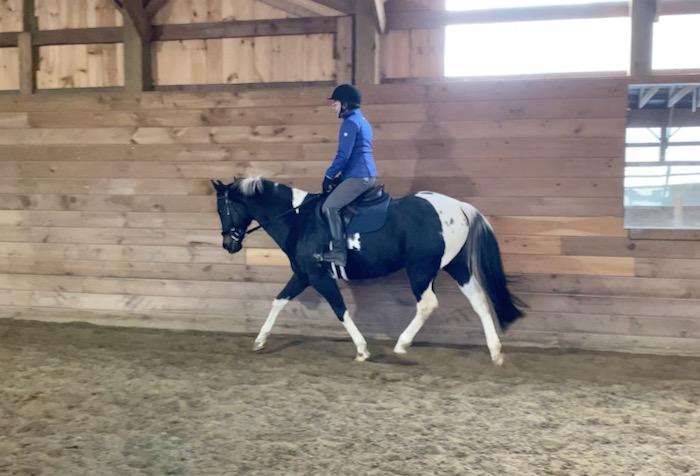
As I ask Tonka to carry his weight a bit more from behind, and to bring his forehand up, his ears turn towards me with concentration. This is the face of a horse putting in physical effort, but not unduly stressed.
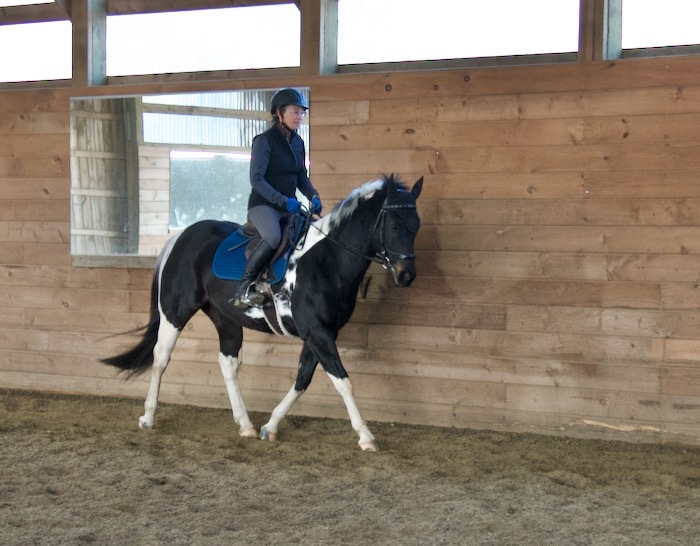
Then there are confused ears! Now that we’re learning to jump, Tonka is getting used to many new things. My legs are higher on his sides, my weight more forward than he’s felt for the last six years. When going over the jump I grab mane so that I don’t inadvertently pull on his mouth. The first time over a fence when I did that, Tonka stopped! He didn’t know what my hand on his neck meant. So to let him know that it isn’t a cue for anything other than to keep going, I’ve been practicing on the flat. Look at his ears flick. He’s thinking!
Sometimes ears back are an expression of physical exertion and concentration. Let loose in the sand ring, Tonka decides to do some fancy moves. I’m not chasing him. He’s playing. This expression is only momentary.
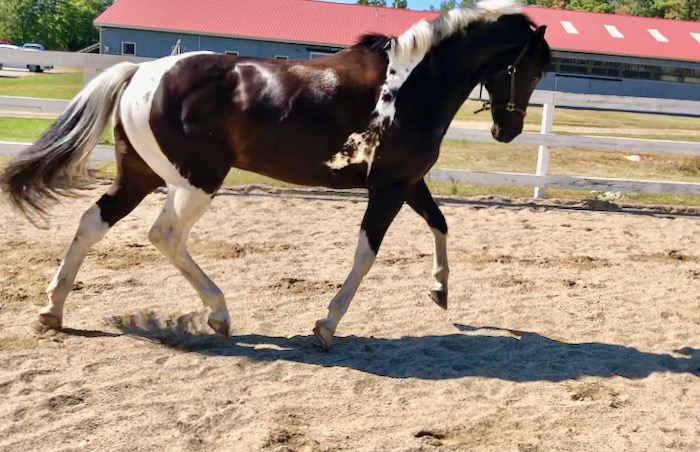
For most of this play session, Tonka zipped around looking like this.
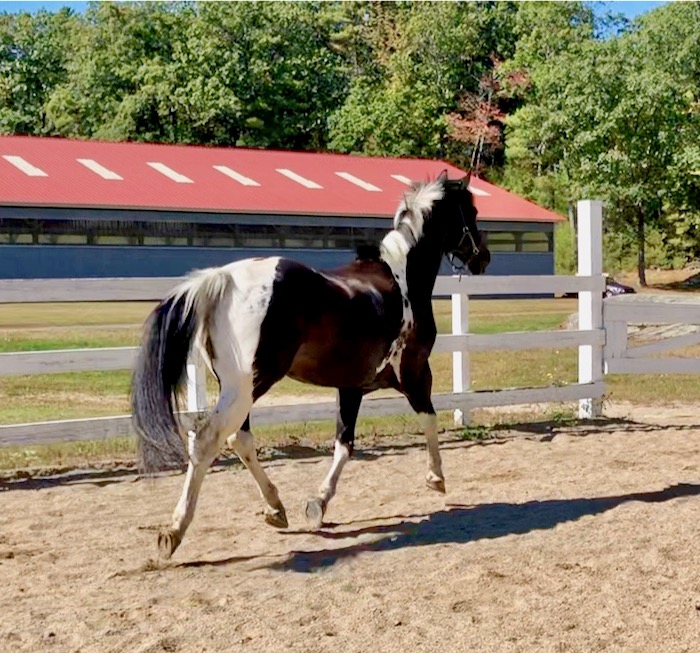
Ears that go backwards and flat can mean that the horse is in pain. It might be fleeting. Tonka stretched out too much at the canter, got unbalanced, and took one ouchy stride. I caught that in this still photo from a video. His ears went forward in his next stride as he rebalanced into the trot. If Tonka looked like this for the length of the arena, I’d stop.

I’d also stop if Tonka’s ears were pinned back in frustration or anger, as you see here. (I wrote about what was going on in this picture in this blog.)
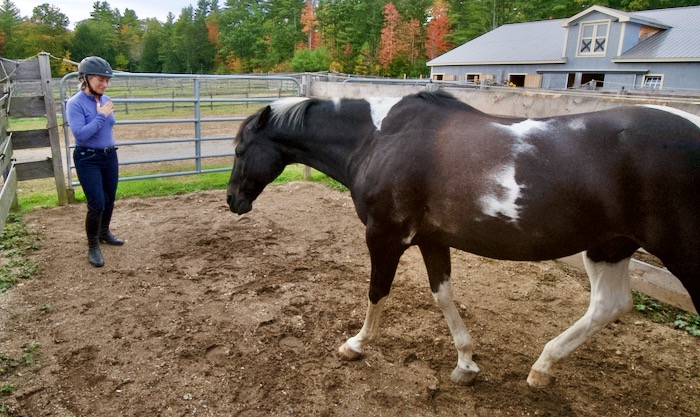
When I ride, I strive for a combination of forward thinking and concentration. You can see that in Tonka’s ears in this photo.
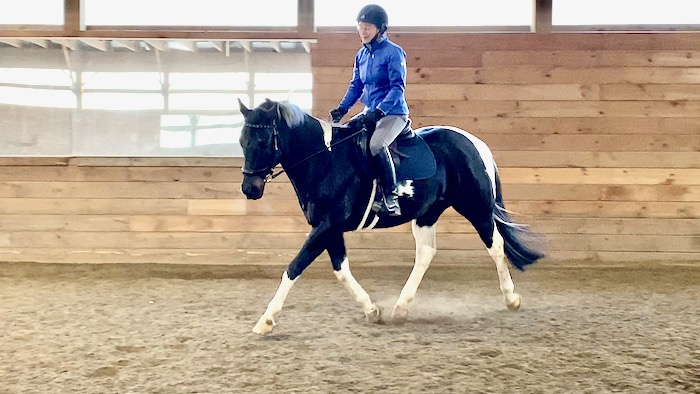
When jumping, I want Tonka focused on the task in front of him! (See how I can now grab mane without him stopping?)

On the trail, I like relaxed yet observant.
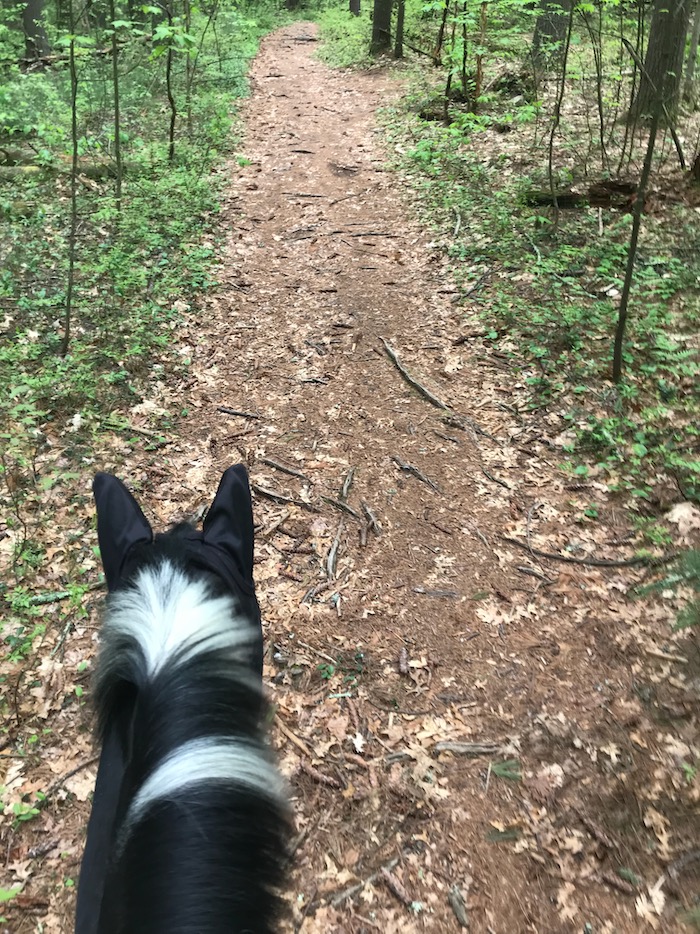
But in portrait photos I want those ears up and forward, because, really, how handsome is that?
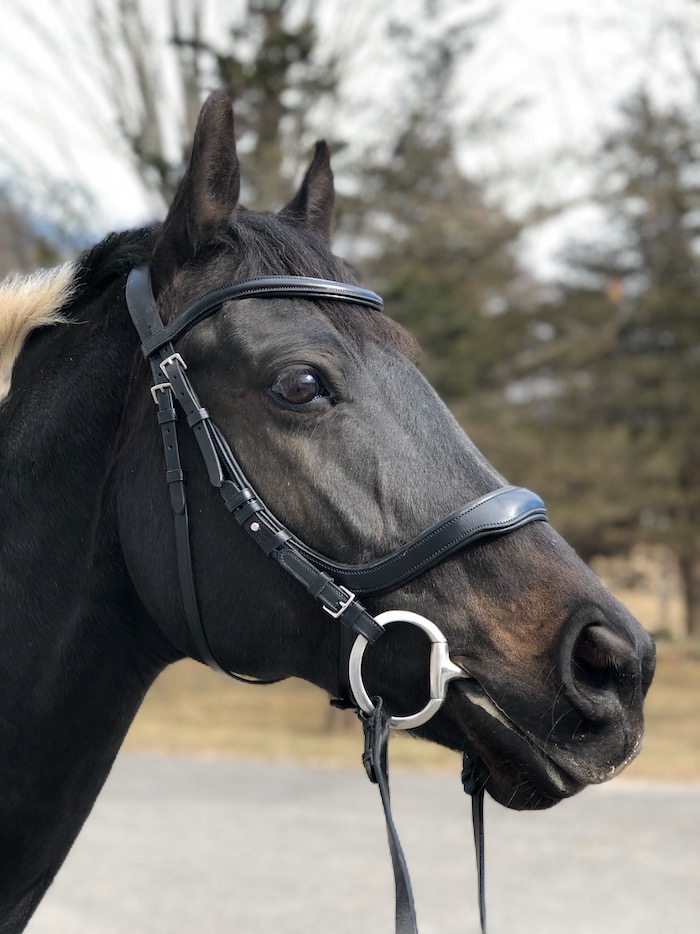
Do you read your horse’s thoughts by paying attention to his ears when you ride? Tell me about it in the comments.


Yesterday as I was riding with two friends, by mare decided she didn’t like one of the horses that she has been with many times and liked him then. Most of it was single file, but as we were coming back we rode three abreast with me in the middle. Her flickering ears were telling me she didn’t like being in the middle. Then she would lay her ears flat back at the gelding and I would correct her before the got really nasty. So I pulled her out of the middle to the back and she was happy. No more flickering or laid back ears. One of those mare days I guess.
Smart of you to listen to those ears and not force the issue. Everyone stayed safe and your horse was happy 🙂